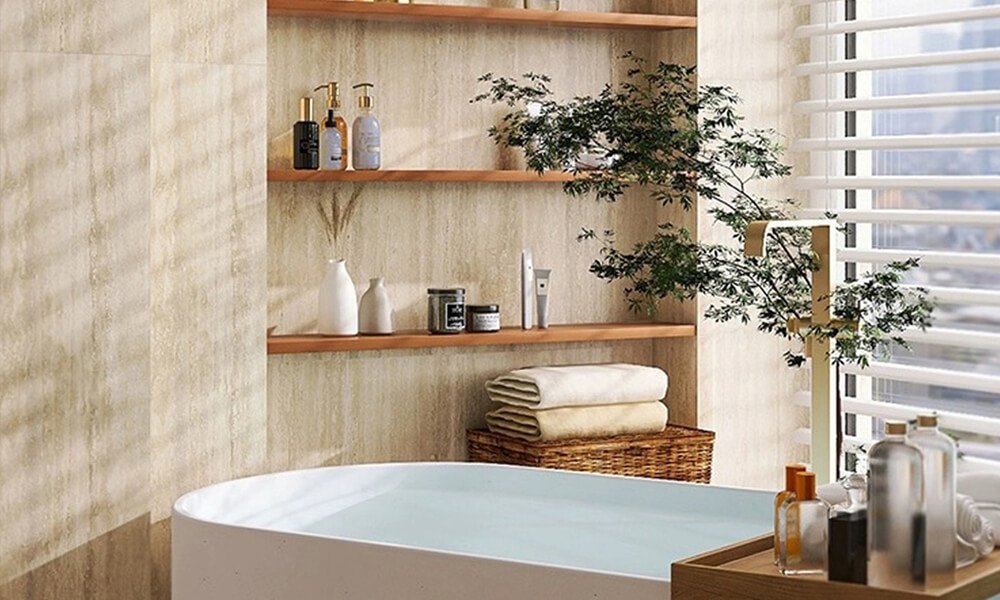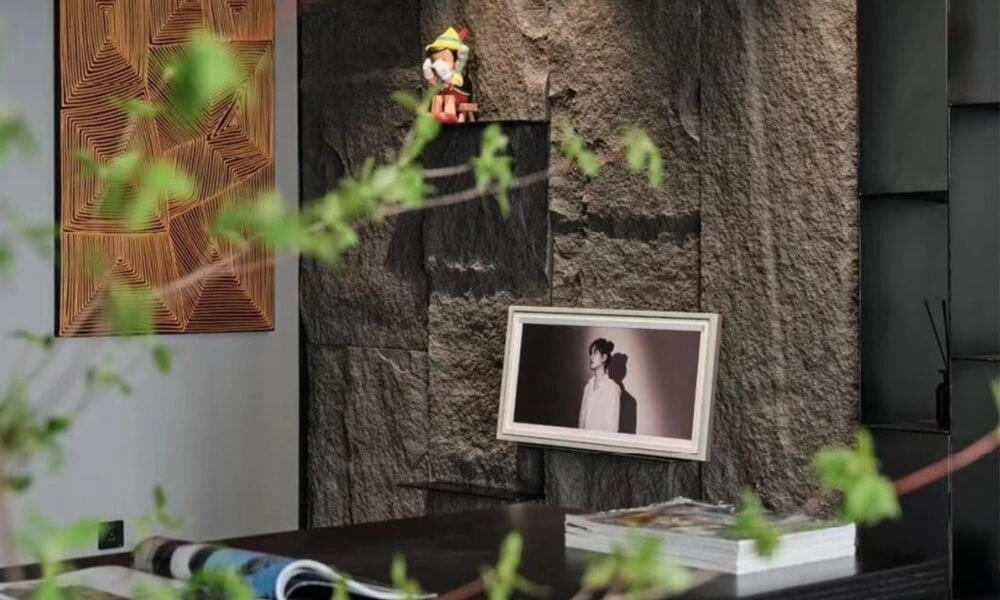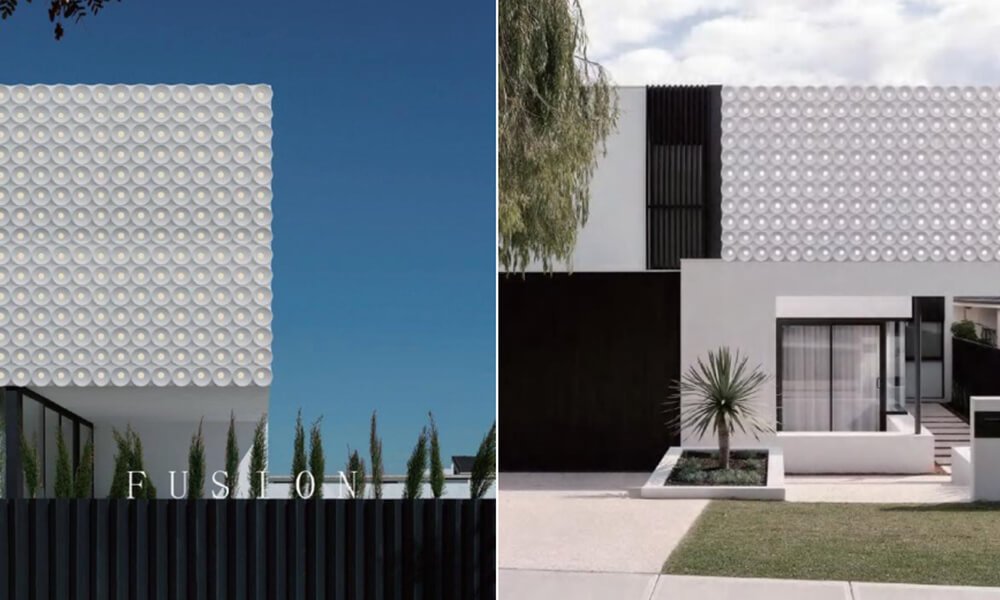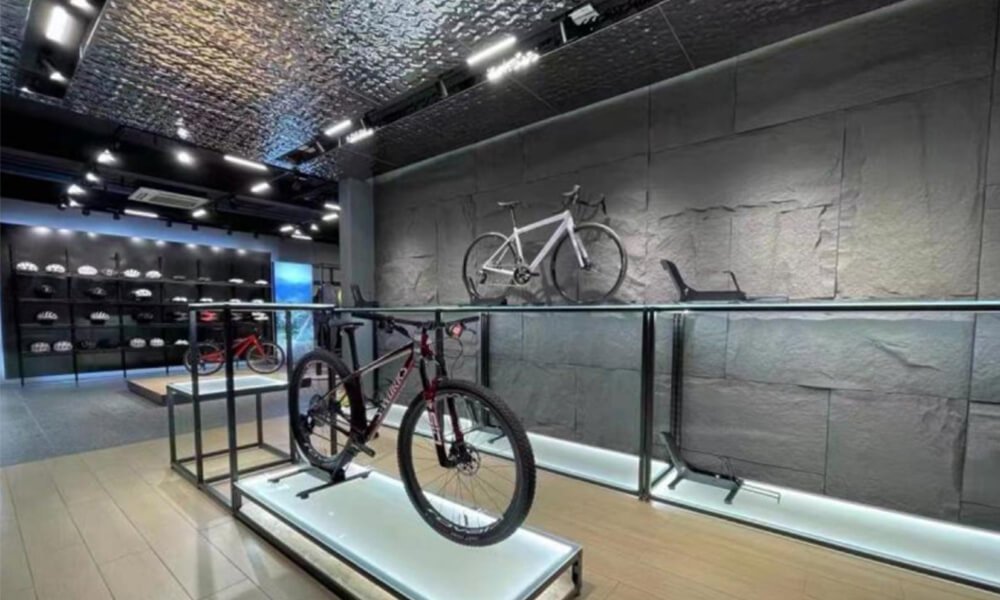Flexible stone: a new choice for modern decorative materials
Flexible stone is a modern building decoration material, which has quickly become an ideal substitute for paint, tiles and marble with its excellent performance and innovative features. It is not only comparable to natural stone in visual appearance, but also leads a new trend of decoration materials with its light, flexible and excellent environmental performance.
1. What is flexible stone?
Flexible stone, also known as artificial stone wall panel, is a new type of wall decoration material made of natural colored sand as aggregate, combined with high molecular polymers and special additives, through large-scale professional equipment and special processes. It is known as the latest generation of soft decorative materials that replace paint, ceramic tiles and marble. It is both practical and beautiful and is an important innovation in the field of modern architectural decoration.

2. Advantages of flexible stone
Excellent real stone texture
The surface texture of flexible stone is natural and lifelike, perfectly restoring the visual effect of natural stone and giving the decorative space a high-end texture.
Ultra-thin and ultra-light design
Compared with traditional ceramic tiles and marble, flexible stone is thinner and lighter in weight, which significantly reduces the burden on buildings and is especially suitable for exterior wall decoration of high-rise buildings.
Super flexible
Flexible stone has extremely high flexibility and can easily adapt to curved walls or complex shapes, solving the problem of difficult construction with traditional hard materials.
Various specifications and colors
Available in a variety of sizes and rich color options, they can meet the needs of different decoration styles, whether simple and modern or classic and luxurious.
Safety and environmental protection
Environmental protection: The production process is non-toxic and harmless, no volatile organic compounds (VOC) are released, and it meets the standards of green building materials.
Safety: Excellent breathability, preventing moisture accumulation; light weight, reducing the risk of falling off, improving safety.
Strong durability
Flexible stone has excellent anti-fading properties and can maintain bright colors for a long time in an environment exposed to sunlight and rain. It is also anti-cracking and anti-pollution.

3. Can flexible stone be used outdoors?
Flexible stone can certainly be used for outdoor use! With its excellent UV resistance, high temperature resistance, and low temperature resistance, it shows excellent weather resistance and can maintain the brightness of colors in complex environments such as outdoor wind, sun, and rain. Even after prolonged exposure, flexible stone will not age, fade or deform.
In addition, its lightweight structure not only reduces the load-bearing burden on the building, but also effectively avoids the risk of falling off due to the weight of traditional stone. The flexibility of flexible stone also allows it to easily cope with temperature changes and prevent cracking problems caused by thermal expansion and contraction. Therefore, whether it is used for building exterior wall decoration, landscape walls, or outdoor gardens, flexible stone can provide beautiful, safe, and long-lasting decorative effects for the outdoor environment, and is a highly advantageous outdoor decoration material choice.

4. Flexible stone vs. ceramic tile, paint: differences and advantages
Flexible stone vs. ceramic tile
Differences:
Thickness and weight: Flexible stone is thinner and lighter than ceramic tile, which reduces the load-bearing burden on the wall and is more convenient to transport and install.
Breathability: ceramic tile has poor air permeability and is prone to falling off or mildew in a humid environment, while flexible stone has good air permeability and is not easy to accumulate water vapor.
Safety: ceramic tile has a large weight and a high risk of falling off, while flexible stone has strong flexibility and will not crack or fall off due to environmental changes, making it safer to use.
Advantages:
Flexible stone provides the same stone texture effect as ceramic tile, but weighs only a small part of it, making it more economical and efficient.
Flexible stone can be used for the decoration of complex curved surfaces, while ceramic tile has greater restrictions.

Flexible stone vs. paint
Differences:
Decorative effect: Flexible stone has the texture and texture of natural stone, while paint relies more on color and flat effects, and has a weaker sense of decorative hierarchy.
Durability: Paints are prone to fading and cracking, while flexible stone has a longer service life, is UV-resistant, does not fade, and does not crack.
Environmental protection: Flexible stone is made of natural colored sand and environmentally friendly materials, does not release harmful gases, and paints may contain volatile organic compounds (VOCs).
Advantages:
Flexible stone is more durable and especially suitable for scenes exposed to the outdoors for a long time.
Compared with paints, flexible stone has low maintenance costs and a longer service life.
Common advantages and the uniqueness of flexible stone
Aesthetics: Flexible stone can imitate the texture and color of natural stone, presenting a high-end and atmospheric decorative effect, while tiles and paints are slightly inferior in texture simulation.
Flexibility: Flexible stone can adapt to various uneven surfaces and even curved walls, while tiles and paints are difficult to handle in complex designs.
Convenient construction: Flexible stone is easy to construct, avoiding the complex paving process of tiles and the steps of multi-layer spraying of paints, saving time and labor costs.
Summary: Flexible stone combines the decorativeness of ceramic tiles with the convenience of paint, while overcoming the shortcomings of both in terms of safety, environmental protection and weather resistance. It is a more modern and versatile wall decoration material choice.
Flexible stone has become a popular choice among modern decorative materials for its lightness, flexibility, environmental protection and beauty. Its appearance not only broadens the creative space of designers, but also provides consumers with more convenient decoration solutions. If you are looking for a material that is both textured and economical and practical, flexible stone is undoubtedly an option worth considering.
